Aviation has revolutionized modern warfare and transformed the way nations project power across the globe. For the United States Navy, the aviation legacy is a testament to innovation, courage, and progress. As we celebrate the Navy Aviation Centennial, we delve into the remarkable journey that has brought the Navy’s aerial capabilities to new heights.
Inception of Naval Aviation
The Navy’s aviation journey began on May 8, 1911, with the establishment of its first aviation unit. Naval Aviator #1, Lieutenant Theodore G. Ellyson, reported for flight training, marking a historic moment that laid the foundation for the Navy’s future aviation prowess. From humble beginnings, the Navy’s aircraft fleet has evolved into a formidable force.
World War I: A Prelude to Progress
World War I showcased the potential of naval aviation, as aircraft were used for reconnaissance, anti-submarine warfare, and patrolling coastlines. This conflict emphasized the need for dedicated carriers and aircraft designed for the unique challenges of maritime operations.
World War II: The Turning Point
The true potential of naval aviation emerged during World War II. The aircraft carrier became a floating fortress, projecting power across the Pacific and Atlantic theaters. Landmark battles like Midway and the strategic significance of aircraft carriers showcased the critical role that naval aviation played in shaping the outcome of the war.
Cold War and Technological Leaps
The Cold War era witnessed monumental advancements in naval aviation technology. Jet-powered aircraft, aerial refueling, and precision-guided weaponry transformed naval aviation capabilities. The concept of power projection took on a new dimension, with aircraft carriers serving as mobile platforms for global reach and deterrence.
Present and Future Challenges
In the present day, naval aviation continues to evolve in response to emerging threats and geopolitical dynamics. Carrier-based aircraft, unmanned systems, and advanced sensor technologies define the modern naval aviation landscape. As the Navy navigates an era of great power competition, naval aviators remain at the forefront of innovation and adaptability.
Celebrating the Legacy
The Navy Aviation Centennial is a tribute to the men and women who have propelled the Navy’s aviation capabilities forward. From daring aviators to skilled maintenance crews and innovative engineers, every contributor has played a role in shaping this remarkable legacy. The centennial celebrations honor their dedication and commitment.
Conclusion
The Navy Aviation Centennial commemorates a century of achievements, courage, and progress in naval aviation. From its inception in 1911 to its current status as a technologically advanced force, naval aviation has transformed the way the Navy operates and projects power. As we celebrate this milestone, we honor the pioneers, aviators, and personnel who have upheld the legacy of naval aviation, ensuring that it continues to soar to new heights in the decades to come.





